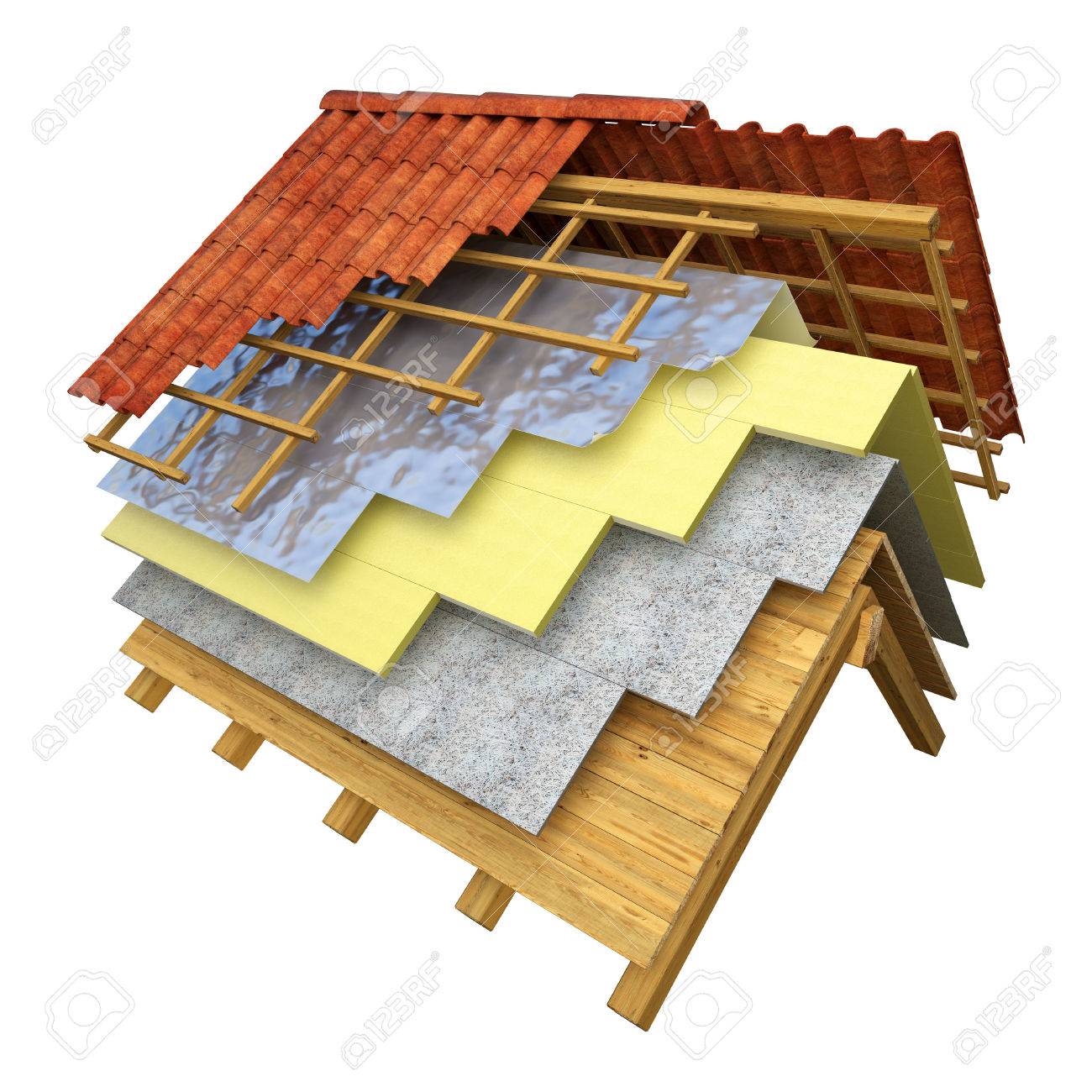
Moving from Michigan to Texas can be an exciting adventure. Whether you’re relocating for work, family, or a change of scenery, it’s essential to plan your move carefully to avoid unnecessary stress. Relocating from one state to another involves several challenges, but with the right approach, you can make the process as smooth and easy as possible. This guide provides valuable tips and strategies for a successful move from Michigan to Texas.
Start Early and Plan Ahead
One of the key steps to a stress-free relocation is starting early. The sooner you begin, the more time you’ll have to handle the unexpected. Begin planning your move at least two to three months in advance. This will allow you to organize your tasks without rushing.
Key Tasks to Plan Early:
- Book a moving company: Research and hire a reputable moving company early to secure the best prices and availability.
- Declutter your home: Go through your belongings and decide what to keep, sell, or donate.
- Set a moving date: Choose a date that allows for sufficient preparation time.
Create a Moving Checklist
A moving checklist is an essential tool for staying organized during your relocation. This will help ensure that you don’t forget anything important. It’s easy to get overwhelmed, but having a clear list can keep things on track.
Essential Things to Include in Your Checklist:
- Change of address for mail forwarding
- Notify utility companies about your move
- Pack an essentials box (medications, toiletries, etc.)
- Transfer medical records and prescriptions
- Secure car transportation if you’re moving across state lines
Get Your Finances in Order
Before relocating from Michigan to Texas, it’s essential to understand the cost-of-living differences between the two states. Texas has no state income tax, which can be a financial advantage for many people. However, the cost of housing, healthcare, and other services may vary depending on where you are moving within Texas.
Steps to Get Your Finances in Order:
- Review your current budget and create a new one based on the living costs in Texas.
- Research the cost of housing in your new city.
- Contact your bank to update your information and inquire about ATM access.
Organize Your Move Efficiently
Packing and transporting your belongings is one of the most time-consuming parts of the moving process. To make this easier, break the task into smaller steps. Start packing non-essential items first, such as seasonal clothing and items you won’t need right away.
Tips for Efficient Packing:
- Use sturdy boxes to protect fragile items.
- Label each box by room and contents for easier unpacking.
- Pack a “first-night” bag with essentials like clothes, toiletries, and chargers.
Understand the Weather and Climate
Moving from Michigan to Texas means you’ll need to adjust to a different climate. Michigan has cold winters and humid summers, while Texas enjoys a much warmer climate, with hotter summers and milder winters. It’s essential to prepare for the weather conditions in your new home.
Weather Tips:
- Invest in lighter clothing for the warmer Texas climate.
- Be aware of the potential for hurricanes, especially in southern Texas.
- Consider air conditioning needs for the hotter months.
Research Your New Location

Texas is a large state with diverse cities and landscapes. Whether you’re moving to a bustling city like Dallas or Austin, or a quieter area in East Texas, it’s essential to research your new location before you arrive. Understand the local amenities, schools, and transportation options.
REQUEST FREE QUOTES
Things to Research About Your New Location:
- Local grocery stores and shopping centers
- Neighborhoods and local parks
- Schools and educational opportunities
- Health services and hospitals
Update Important Documents
Don’t forget to update your address with various organizations once you arrive in Texas. You’ll need to update your driver’s license, vehicle registration, and other legal documents. Be sure to check the state’s requirements for these updates.
Documents You’ll Need to Update:
- Driver’s license and vehicle registration
- Voter registration
- Insurance policies (auto, health, home)
Stay Connected with Family and Friends
Moving to a new state can be an isolating experience at first. Make sure to keep in touch with family and friends from Michigan as you adjust to life in Texas. They can provide support, especially in the early days of your transition.
Ways to Stay Connected:
- Schedule regular video calls.
- Plan visits back to Michigan during the holidays.
- Join local groups and communities in Texas to make new connections and engage with like-minded individuals.
FAQs
1. What should I do about my healthcare when moving from Michigan to Texas?
Ensure that you transfer your medical records to a doctor in the state of Texas. If you have health insurance, contact your provider to find in-network doctors and hospitals in your new area.
2. How do I handle taxes when moving to Texas?
Texas does not have a state income tax, so you won’t need to file a state return for Texas. However, you should update your residency status and ensure that your federal tax documents are current.
3. What’s the best way to handle moving with pets?
If you’re moving with pets, it’s best to keep them in a safe and comfortable area during the travel process. Plan stops along the way for their needs. Consider contacting a veterinarian in Texas to arrange for your pet’s care upon arrival.
4. How long does it take to adjust to life in Texas?
It can take time to adjust to the culture and climate, but many people find Texas to be a welcoming state. With time, you’ll adapt to the local pace, weather, and lifestyle.

Relocating from Michigan to Texas doesn’t have to be overwhelming. By planning, staying organized, and understanding your new environment, you can make the transition smoother. Remember to take it one step at a time, and soon you’ll be settling into your new Texas life with ease.
REQUEST FREE QUOTES
Buzzmoving collaborates with reliable movers nationwide to offer professional moving services. Get your free quote today and let the experts manage your entire move.
